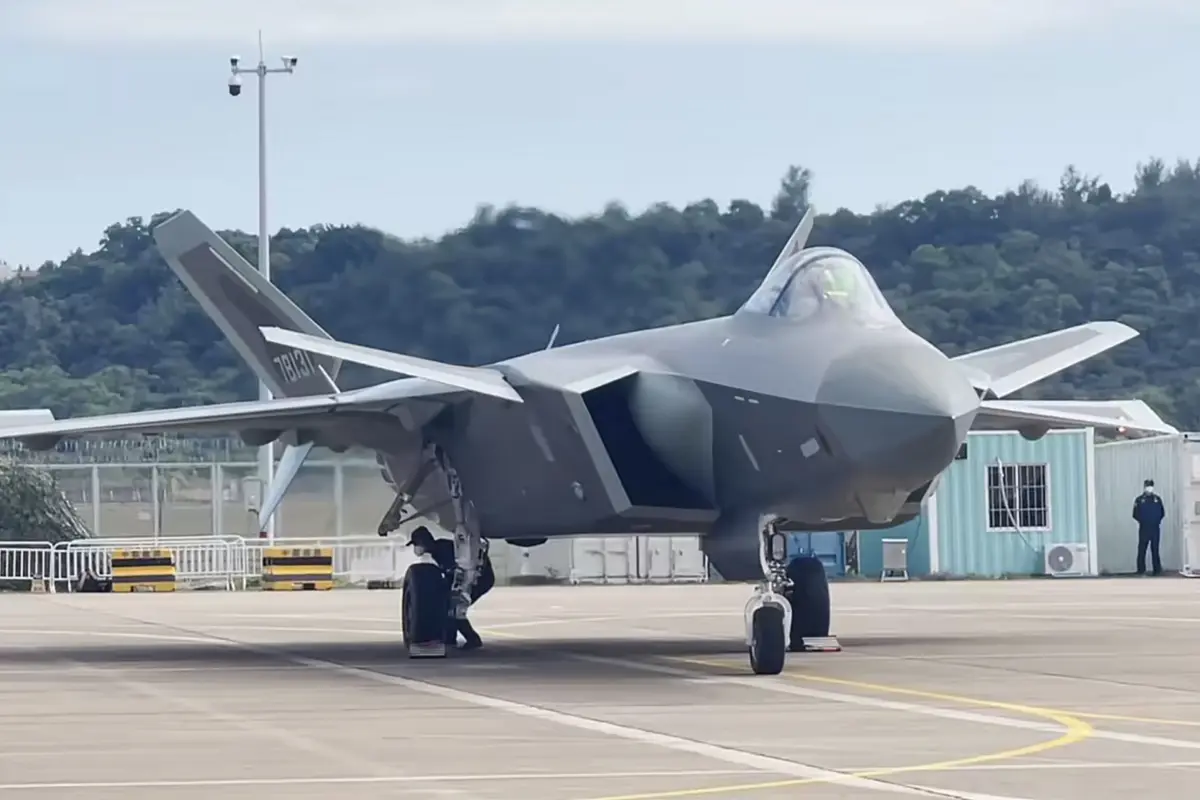
China’s J-20 Mighty Dragon has long been accused of incorporating stolen U.S.
China’s J-20 Stealth Fighter Mighty Dragon, developed by Chengdu Aerospace Corporation, is hailed as Beijing’s most advanced stealth fighter. However, allegations of espionage and stolen U.S. military technology have cast a shadow over its development.
With reports suggesting that China acquired classified data from the F-22 Raptor and F-35 Lightning II, the J-20’s true capabilities remain a subject of global scrutiny. As tensions rise in the Indo-Pacific, the fighter’s strategic implications are more critical than ever.
The Espionage Controversy
The J-20’s development has been linked to cyber espionage, particularly the case of Su Bin, a Chinese national convicted in 2016 for stealing sensitive U.S. fighter jet data.
Su Bin’s hacking operation reportedly targeted Boeing and Lockheed Martin, extracting classified blueprints that may have influenced the J-20’s stealth design, avionics, and radar systems.
Despite these allegations, China insists that the J-20 is a homegrown innovation, dismissing claims of intellectual property theft.
How the J-20 Compares to U.S. Stealth Fighters
While China promotes the J-20 as a rival to the F-22 and F-35, experts argue that it falls short in key areas:
- Engine Performance: Early J-20 models relied on Russian AL-31F engines, limiting their speed and maneuverability. The newer WS-10C engines have improved performance but still lag behind Western counterparts.
- Stealth Capabilities: The J-20’s radar cross-section is reportedly larger than the F-22, making it more detectable.
- Combat Experience: Unlike the battle-tested F-35, the J-20 remains untested in real combat scenarios, raising doubts about its operational effectiveness
Strategic Concerns for India and the U.S.
China’s military expansion, including the deployment of J-20s near the Indian border, poses a strategic challenge for India. The potential sale of J-20s to Pakistan could further shift air superiority dynamics, prompting India to accelerate its Advanced Medium Combat Aircraft (AMCA) program.
For the U.S., the J-20’s growing presence in the South China Sea raises concerns about regional stability and military balance. Washington continues to monitor China’s stealth capabilities, ensuring that its own fighter programs remain superior
Global Security Implications
The J-20’s development through espionage and stolen technology raises broader concerns about China’s military ambitions. If Beijing continues to replicate foreign defense innovations, it could undermine global security and disrupt military advancements.
As nations strengthen cybersecurity measures, the battle for technological supremacy in military aviation intensifies.
Conclusion – J-20 Stealth Fighter
China’s J-20 stealth fighter remains a controversial figure in global defense discussions. While Beijing touts it as a symbol of military progress, allegations of stolen U.S. technology cast doubt on its true capabilities.
As tensions escalate in the Indo-Pacific, the world watches closely, will the J-20 prove to be a game-changer, or will it remain a copycat creation?
Stay updated with the latest news on Rapido Updates. Keep yourself updated with The World, India News, Entertainment, Market, Gadgets, Sports, and many more
Also read – The Truth About Hair Fall in Middle-Aged Men: Causes, Remedies, and Prevention
2 thoughts on “China’s J-20 Stealth Fighter: A Technological Marvel or a Stolen Blueprint?”